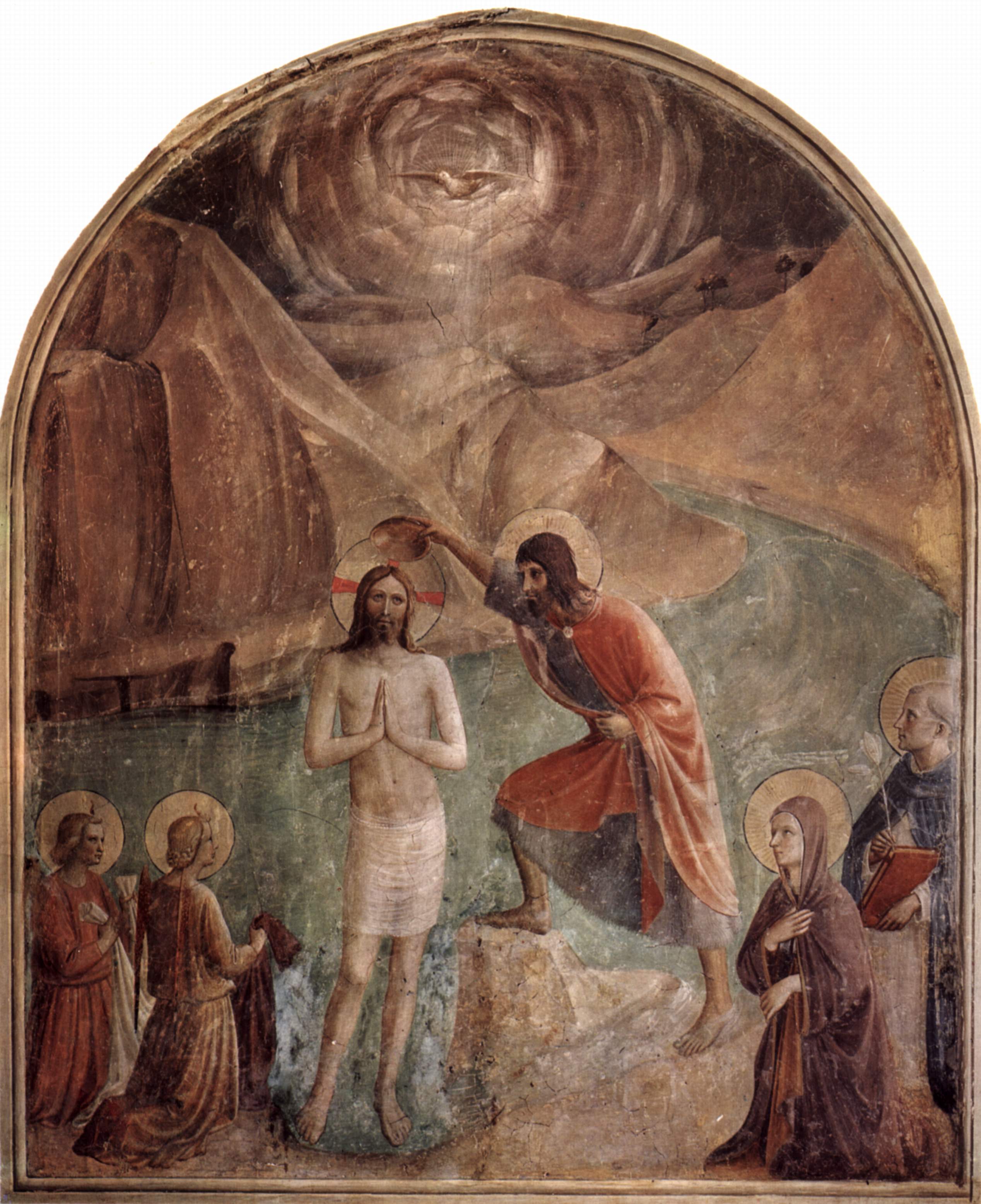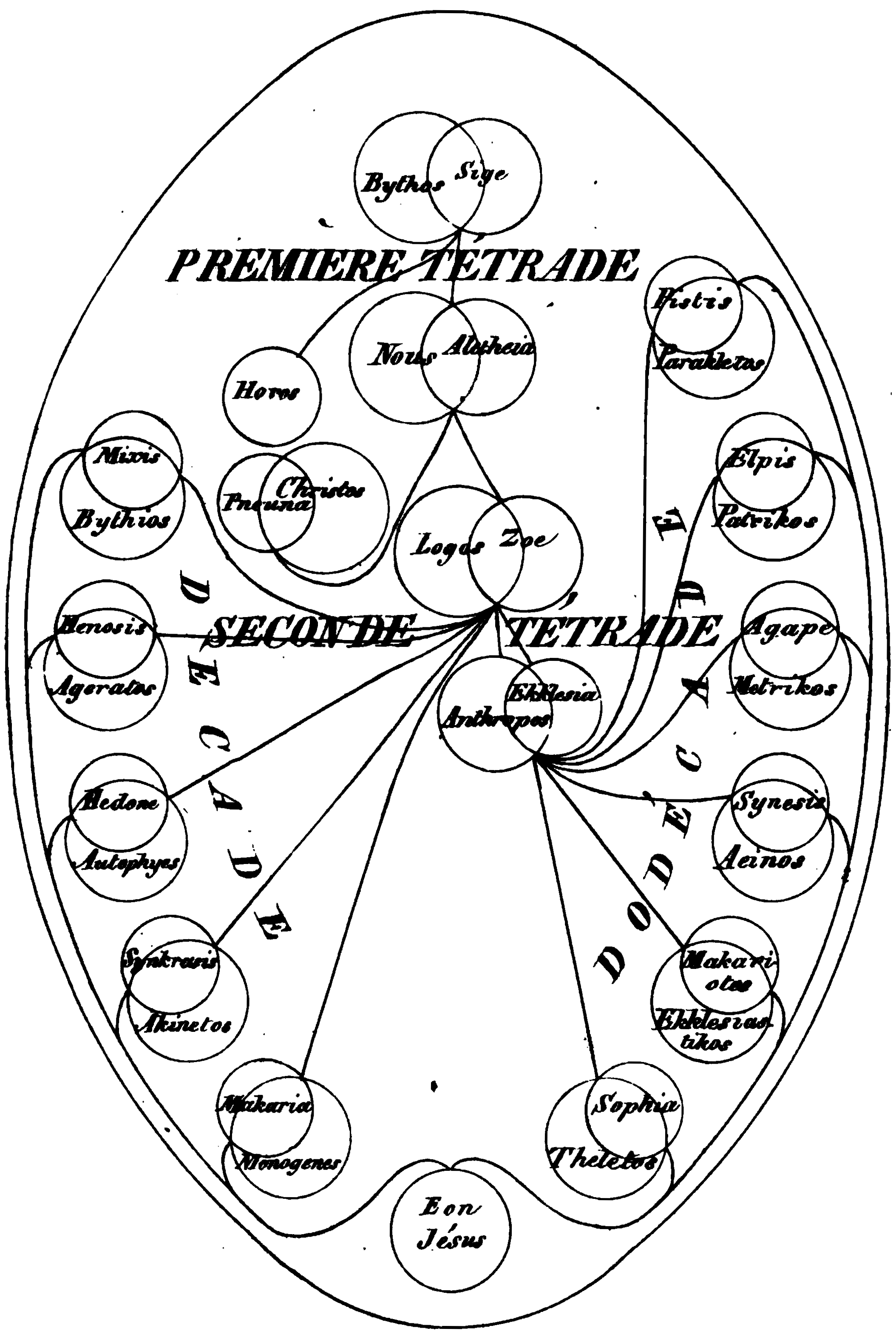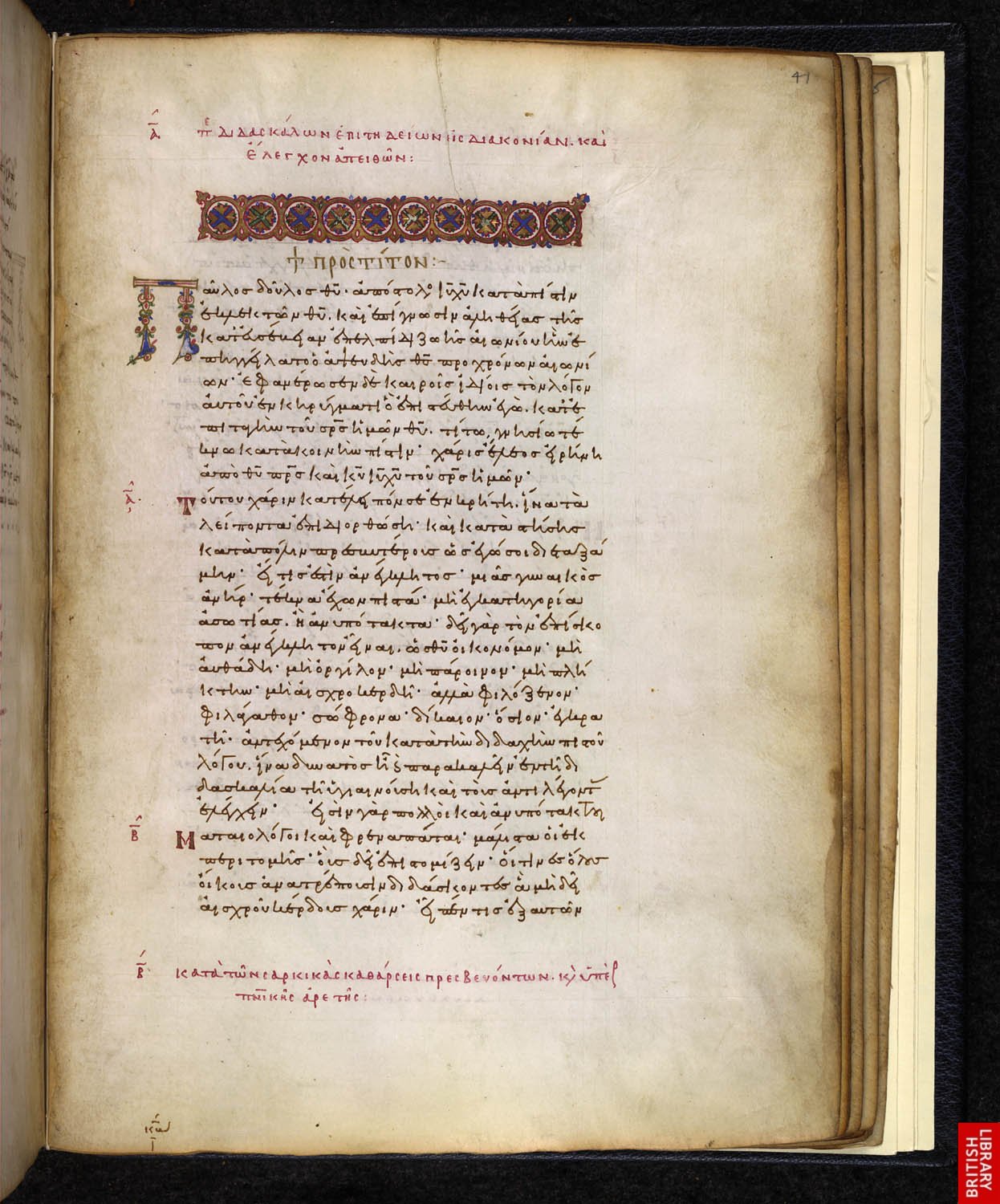|
Basilides
Basilides ( Greek: Βασιλείδης) was an early Christian Gnostic religious teacher in Alexandria, Egypt who taught from 117 to 138 AD, notes that to prove that the heretical sects were "later than the catholic Church," Clement of Alexandria''Stromata'', vii. 17 assigns Christ's own teaching to the reigns of Augustus and Tiberius; that of the apostles, of St. Paul at least, ends, he says, in the time of Nero; whereas "the authors of the sects arose later, about the times of the emperor Hadrian, and continued quite as late as the age of the elder Antoninus." He gives as examples Basilides, Valentinus, and (if the text is sound) Marcion. Yet his language about Carpocrates a few lines further on suggests a doubt whether he had any better evidence than a fallacious inference from their order in Irenaeus. He was acquainted with the refutation of Basilides by Agrippa Castor; but it is not clear, as is sometimes assumed, that he meant to assign both writers to the same reign. Hi ... [...More Info...] [...Related Items...] OR: [Wikipedia] [Google] [Baidu] |
Basilidians
The Basilidians or Basilideans were a Gnostic sect founded by Basilides of Alexandria in the 2nd century. Basilides claimed to have been taught his doctrines by Glaucus, a disciple of St. Peter, though others stated he was a disciple of the Simonian Menander. Of the customs of the Basilidians, we know no more than that Basilides enjoined on his followers, like Pythagoras, a silence of five years; that they kept the anniversary of the day of the baptism of Jesus as a feast day and spent the eve of it in reading; that their master told them not to scruple eating things offered to idols. The sect had three grades – material, intellectual and spiritual – and possessed two allegorical statues, male and female. The sect's doctrines were often similar to those of the Ophites and later Jewish Kabbalah. Basilidianism survived until the end of the 4th century as Epiphanius knew of Basilidians living in the Nile Delta. It was however almost exclusively limited to Egypt, though acco ... [...More Info...] [...Related Items...] OR: [Wikipedia] [Google] [Baidu] |
Gospel Of Basilides
The Gospel of Basilides is the title given to a reputed text within the New Testament apocrypha, which is reported in the middle of the 3rd century as then circulating amongst the followers of Basilides (), a leading theologian of Gnostic tendencies, who had taught in Alexandria in the second quarter of the 2nd century. Basilides's teachings were condemned as heretical by Irenaeus of Lyons (), and by Hippolytus of Rome (), although they had been evaluated more positively by Clement of Alexandria (). There is, however, no agreement amongst Irenaeus, Hippolytus or Clement as to Basilides's specific theological opinions; while none of the three report a gospel in the name of Basilides. History The first direct reference to a Gospel of Basilides is that found in Origen (), who reports: Origen's notice is the source for references to the Gospel of Basilides in Jerome, Ambrose, Philip of Side, and the Venerable Bede. But none of these authors report any quotations from the suppose ... [...More Info...] [...Related Items...] OR: [Wikipedia] [Google] [Baidu] |
Early Gnosticism
Gnosticism (from grc, γνωστικός, gnōstikós, , 'having knowledge') is a collection of religious ideas and systems which coalesced in the late 1st century AD among Jewish and early Christian sects. These various groups emphasized personal spiritual knowledge (''gnosis'') above the orthodox teachings, traditions, and authority of religious institutions. Gnostic cosmogony generally presents a distinction between a supreme, hidden God and a malevolent lesser divinity (sometimes associated with the Yahweh of the Old Testament) who is responsible for creating the material universe. Consequently, Gnostics considered material existence flawed or evil, and held the principal element of salvation to be direct knowledge of the hidden divinity, attained via mystical or esoteric insight. Many Gnostic texts deal not in concepts of sin and repentance, but with illusion and enlightenment. Gnostic writings flourished among certain Christian groups in the Mediterranean world aroun ... [...More Info...] [...Related Items...] OR: [Wikipedia] [Google] [Baidu] |
Aeon (Gnosticism)
In many Gnostic systems, various emanations of God are known by such names as One, Monad, ''Aion teleos'' (αἰών τέλεος "The Broadest Aeon"), Bythos (, "depth" or "profundity"), ''Proarkhe'' ("before the beginning", ), ''Arkhe'' ("the beginning", ), and Aeons. In different systems these emanations are differently named, classified, and described, but emanation theory is common to all forms of Gnosticism. In Basilidian Gnosis they are called sonships (υἱότητες ''huiotetes''; sing.: υἱότης ''huiotes''); according to Marcus, they are numbers and sounds; in Valentinianism they form male/female pairs called syzygies (Greek , from σύζυγοι ''syzygoi'', lit. "yokings together"). This source of all being is an Aeon, in which an inner being dwells, known as ''Ennoea'' ("thought, intent", Greek ), ''Charis'' ("grace", Greek ), or ''Sige'' ("silence", Greek ). The split perfect being conceives the second Aeon, ''Nous'' ("mind", Greek Νους), within i ... [...More Info...] [...Related Items...] OR: [Wikipedia] [Google] [Baidu] |
Archon (Gnosticism)
Archons are, in Gnosticism and religions closely related to it, the builders of the physical universe. Among the Archontics, Ophites, Sethians and in the writings of Nag Hammadi library, the archons are rulers, each related to one of seven planets; they prevent souls from leaving the material realm. The political connotation of their name reflects rejection of the governmental system, as flawed without chance of true salvation. In Manichaeism, the archons are the rulers of a realm within the "Kingdom of Darkness", who together make up the Prince of Darkness. In '' The Reality of the Rulers'', the physical appearance of Archons is described as hermaphroditic, with their faces being those of beasts. Hebdomad A characteristic feature of the Gnostic concept of the universe is the role played in almost all Gnostic systems by the seven world-creating archons, known as the (ἑβδομάς). These Seven are in most systems semi-hostile powers, and are reckoned as the last and lowest ... [...More Info...] [...Related Items...] OR: [Wikipedia] [Google] [Baidu] |
Gospel Of John
The Gospel of John ( grc, Εὐαγγέλιον κατὰ Ἰωάννην, translit=Euangélion katà Iōánnēn) is the fourth of the four canonical gospels. It contains a highly schematic account of the ministry of Jesus, with seven "signs" culminating in the raising of Lazarus (foreshadowing the resurrection of Jesus) and seven "I am" discourses (concerned with issues of the church–synagogue debate at the time of composition) culminating in Thomas' proclamation of the risen Jesus as "my Lord and my God". The gospel's concluding verses set out its purpose, "that you may believe that Jesus is the Christ, the Son of God, and that believing you may have life in his name." John reached its final form around AD 90–110, although it contains signs of origins dating back to AD 70 and possibly even earlier. Like the three other gospels, it is anonymous, although it identifies an unnamed " disciple whom Jesus loved" as the source of its traditions. It most likely arose withi ... [...More Info...] [...Related Items...] OR: [Wikipedia] [Google] [Baidu] |
Epistle Of Titus
The Epistle to Titus is one of the three pastoral epistles (along with 1 Timothy and 2 Timothy) in the New Testament, historically attributed to Paul the Apostle. It is addressed to Saint Titus and describes the requirements and duties of elders and bishops. Harris, Stephen L., ''Understanding the Bible''. Palo Alto: Mayfield. 1985. Recipient Not mentioned in the Acts of the Apostles, Saint Titus was noted in Galatians (cf. Gal. 2:1, 3) where Paul wrote of journeying to Jerusalem with Barnabas, accompanied by Titus. He was then dispatched to Corinth, Greece, where he successfully reconciled the Christian community there with Paul, its founder. Titus was later left on the island of Crete to help organize the Church, and later met back with the Apostle Paul in Nicopolis. He soon went to Dalmatia (now Croatia). According to Eusebius of Caesarea in the ''Ecclesiastical History'', he served as the first bishop of Crete. He was buried in Cortyna (Gortyna), Crete; his head was later r ... [...More Info...] [...Related Items...] OR: [Wikipedia] [Google] [Baidu] |
Valentinus (Gnostic)
Valentinus (also spelled Valentinius; – ) was the best known and, for a time, most successful early Christian Gnostic theologian. He founded his school in Rome. According to Tertullian, Valentinus was a candidate for bishop but started his own group when another was chosen. Valentinus produced a variety of writings, but only fragments survive, largely those quoted in rebuttal arguments in the works of his opponents, not enough to reconstruct his system except in broad outline. His doctrine is known only in the developed and modified form given to it by his disciples, the Valentinians. He taught that there were three kinds of people, the spiritual, psychical, and material; and that only those of a spiritual nature received the '' gnosis'' (knowledge) that allowed them to return to the divine Pleroma, while those of a psychic nature (ordinary Christians) would attain a lesser or uncertain form of salvation, and that those of a material nature were doomed to perish. Valenti ... [...More Info...] [...Related Items...] OR: [Wikipedia] [Google] [Baidu] |
Simonians
The Simonians were a Gnostic sect of the 2nd century which regarded Simon Magus as its founder and traced its doctrines, known as Simonianism, back to him. The sect flourished in Syria, in various districts of Asia Minor and at Rome. In the 3rd century remnants of it still existed, which survived until the 4th century. History In Christian sources Justin Martyr wrote in his ''Apology'' (152 AD) that the sect of the Simonians appeared to have been formidable, as he speaks four times of their founder, Simon. The Simonians are mentioned by Hegesippus; their doctrines are quoted and opposed in connection with Simon Magus by Irenaeus, by the '' Philosophumena'', and later by Epiphanius of Salamis. Origen also mentions that some of the sect were called Heleniani. Origin and development According to John D. Turner, the Simonians originated as a local Hebrew cult in the first century CE, which centered on a Samaritan holy man. This early cult was syncretistic, but not Gnostic. In the s ... [...More Info...] [...Related Items...] OR: [Wikipedia] [Google] [Baidu] |
Christian Martyrs
In Christianity, a martyr is a person considered to have died because of their testimony for Jesus or faith in Jesus. In years of the early church, stories depict this often occurring through death by sawing, stoning, crucifixion, burning at the stake or other forms of torture and capital punishment. The word ''martyr'' comes from the Koine word μάρτυς, ''mártys'', which means "witness" or "testimony". At first, the term applied to Apostles. Once Christians started to undergo persecution, the term came to be applied to those who suffered hardships for their faith. Finally, it was restricted to those who had been killed for their faith. The early Christian period before Constantine I was the "Age of Martyrs". "Early Christians venerated martyrs as powerful intercessors, and their utterances were treasured as inspired by the Holy Spirit." In western Christian art, martyrs are often shown holding a palm frond as an attribute, representing the victory of spirit over fles ... [...More Info...] [...Related Items...] OR: [Wikipedia] [Google] [Baidu] |
Diamond
Diamond is a solid form of the element carbon with its atoms arranged in a crystal structure called diamond cubic. Another solid form of carbon known as graphite is the chemically stable form of carbon at room temperature and pressure, but diamond is metastable and converts to it at a negligible rate under those conditions. Diamond has the highest hardness and thermal conductivity of any natural material, properties that are used in major industrial applications such as cutting and polishing tools. They are also the reason that diamond anvil cells can subject materials to pressures found deep in the Earth. Because the arrangement of atoms in diamond is extremely rigid, few types of impurity can contaminate it (two exceptions are boron and nitrogen). Small numbers of defects or impurities (about one per million of lattice atoms) color diamond blue (boron), yellow (nitrogen), brown (defects), green (radiation exposure), purple, pink, orange, or red. Diamond also has a ... [...More Info...] [...Related Items...] OR: [Wikipedia] [Google] [Baidu] |






.jpg)
